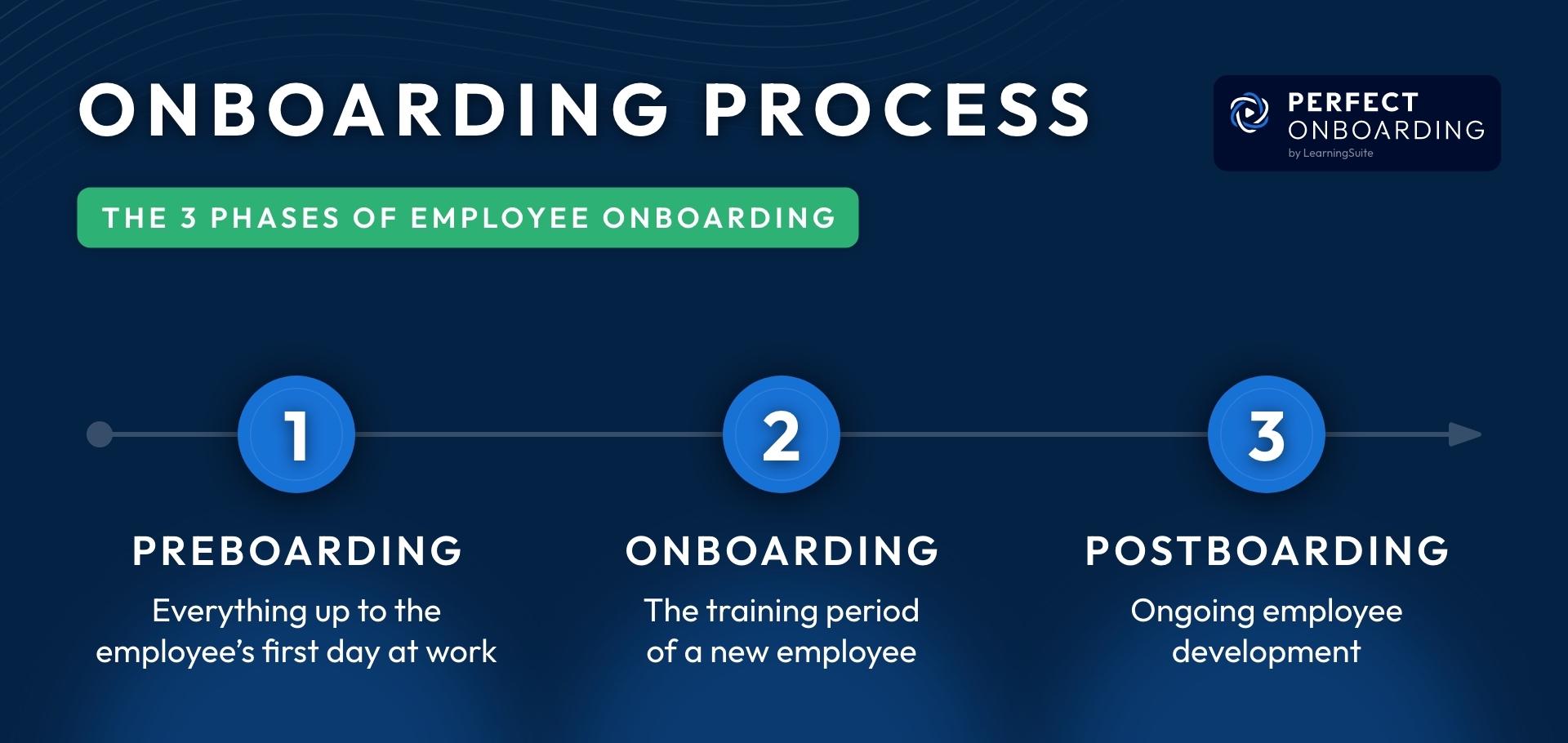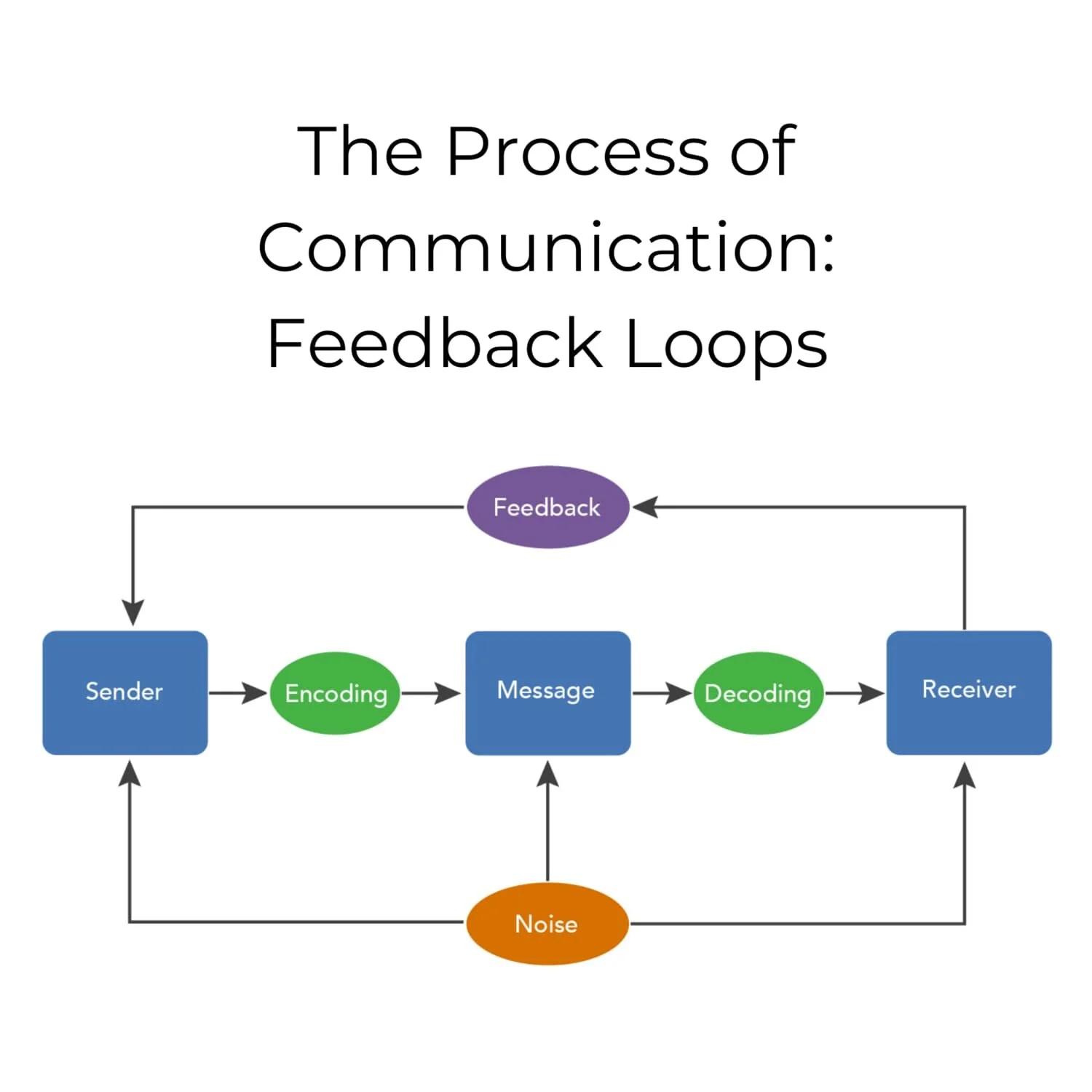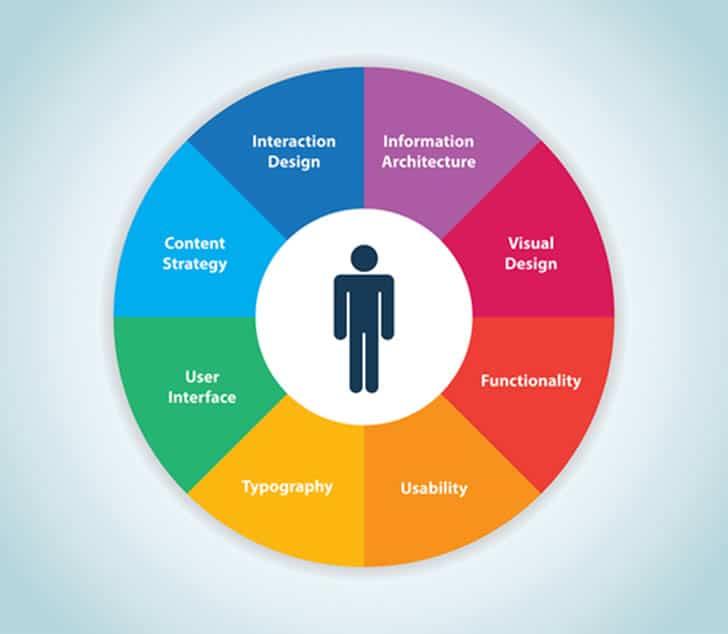In the ever-evolving landscape of Software as a Service (SaaS), user experience has emerged as a pivotal factor that can make or break a product’s success. As businesses increasingly rely on subscription-based models to deliver software, the challenge of not just attracting users but also retaining them has become more pronounced. This article delves into the best practices for optimizing user experience in the SaaS realm, unveiling strategies that can enhance usability, increase satisfaction, and ultimately drive growth. From intuitive interface design to personalized customer journeys, we will explore how thoughtful innovations and user-centric approaches can transform a simple software tool into an indispensable ally for users. Join us as we navigate the essential elements that define a standout user experience in the competitive world of SaaS, equipping you with insights to elevate your product and delight your customers.
Enhancing Onboarding Processes for Lasting Engagement
A strong onboarding experience is pivotal in retaining users and fostering their ongoing engagement with your SaaS product. First impressions matter, and a well-structured onboarding process can set the tone for a user’s entire journey. To achieve this, consider leveraging interactive tutorials and personalized welcome messages that cater to users’ specific needs. This personalized approach not only enhances understanding but also instills a sense of belonging, showing users that your platform is designed with them in mind.
Furthermore, incorporating a feedback loop within your onboarding process enables continuous improvement. Aim to gather insights through surveys and user behavior analytics to identify pain points and areas for enhancement. This data-driven strategy can inform the refinement of your onboarding materials, ensuring they evolve in alignment with user expectations. A structured plan for follow-up interactions—such as onboarding emails or guided check-ins—reinforces the learning process, encouraging users to fully realize the value of your software.
| Onboarding Elements | Benefits |
|---|---|
| Interactive Tutorials | Enhanced user understanding and engagement |
| Personalized Welcome Messages | Increased sense of belonging |
| User Feedback Surveys | Continuous improvement of onboarding process |
| Follow-up Interactions | Reinforced learning and feature adoption |

Designing Intuitive Interfaces that Delight Users
Creating a user interface that resonates with your audience is about understanding their needs and expectations. When designing, consider the following key elements:
- Clarity: Ensure that labels, icons, and navigation are straightforward and unambiguous.
- Consistency: Maintain uniformity in design elements across the platform to foster familiarity.
- Feedback: Provide users with timely notifications for their actions to enhance trust and usability.
- Accessibility: Cater to a diverse range of users by ensuring your interface accommodates different abilities.
Moreover, incorporating intuitive visual hierarchy elevates user satisfaction by effortlessly guiding them through key features. Effective use of whitespace, contrasting colors, and strategic placement of buttons can lead to an enhanced experience. Consider the following table for a quick reference on design principles:
| Design Element | Importance |
|---|---|
| Navigation | User finds what they need without frustration. |
| Color Scheme | Influences mood and ease of interaction. |
| Typography | Enhances readability and brand voice. |

Leveraging Feedback Loops for Continuous Improvement
Establishing a culture that values user feedback is pivotal for any SaaS organization aiming for excellence. By implementing feedback loops, businesses can gather insights that illuminate the user experience. Effective strategies include utilizing in-app surveys, conducting user interviews, and analyzing support tickets. These methods offer direct channels to understand user pain points, enabling teams to swiftly address issues and enhance functionality. Furthermore, it’s crucial to not only collect feedback but also to demonstrate that user input leads to tangible changes, fostering a sense of community and partnership.
Regularly revisiting and refining processes ensures a dynamic and user-centered approach. By prioritizing feedback in development cycles, teams can create a responsive product that evolves alongside customer needs. Consider organizing feedback into these categories to enhance your approach:
| Feedback Type | Actionable Insights |
|---|---|
| Feature Requests | Guide product roadmap decisions |
| Usability Issues | Enhance design and navigation |
| Performance Metrics | Identify areas needing improvement |
| User Satisfaction | Adjust support and communication strategies |
By actively leveraging these insights, you not only optimize the user experience but also build a product that resonates with your audience, ultimately driving loyalty and retention.

Implementing Personalization Strategies to Boost Satisfaction
Personalization is a powerful tool that can significantly enhance user satisfaction in the SaaS landscape. By leveraging user data and behavior insights, businesses can create tailored experiences that resonate with individual needs. Here are some effective strategies to consider:
- Custom Dashboards: Allow users to configure their own dashboards to display the metrics and tools most relevant to them.
- Personalized Content: Use algorithms to recommend articles, tutorials, or features based on user activity and preferences.
- Dynamic Notifications: Implement notifications that are contextually relevant, pushing users towards features or updates that align with their usage patterns.
To further illustrate the impact of personalized strategies, consider the following table which compares engagement metrics before and after implementing these techniques:
| Metric | Before Personalization | After Personalization |
|---|---|---|
| User Retention Rate | 60% | 85% |
| Feature Adoption | 25% | 65% |
| User Satisfaction Score | 3.5/5 | 4.8/5 |
These results demonstrate that a well-executed personalization strategy not only enhances the user experience but also fosters a deeper connection between the user and the platform. By continually analyzing user data and feedback, SaaS providers can refine their personalization efforts, ensuring that they remain relevant and effective in meeting customer expectations.
Concluding Remarks
As we reach the conclusion of our exploration into optimizing user experience in SaaS, it’s clear that the journey towards excellence is both intricate and rewarding. By implementing the best practices we’ve unveiled, companies can not only enhance customer satisfaction but also foster long-term loyalty and engagement. The essence of a truly effective SaaS platform lies in its ability to adapt to user needs, anticipate challenges, and evolve with the ever-changing digital landscape.
Let us remember that user experience is not a one-time endeavor but a continuous commitment to innovation and improvement. By prioritizing user feedback, embracing experimentation, and leveraging data-driven insights, SaaS providers can create intuitive and pleasurable interactions that resonate with their users.
As you embark on your own path to refining user experience, keep the principles discussed in mind. Each small enhancement can lead to significant payoffs, transforming not just your product but the very relationship you build with your customers. In the realm of SaaS, the user experience is not just a feature—it’s the heartbeat of your service. Here’s to creating platforms that delight and inspire, one user at a time.



